
| Recorded by: Mark Basinger on 2025-04-03
Wilson Co.
Comment: | 
| Recorded by: Mark Basinger on 2025-04-03
Wilson Co.
Comment: |

| Recorded by: Mark Basinger on 2025-03-30
Wilson Co.
Comment: | 
| Recorded by: Mark Basinger on 2025-03-28
Brunswick Co.
Comment: |
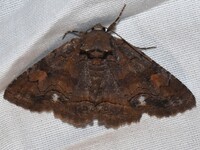
| Recorded by: David George, Jeff Niznik, Rich Teper on 2025-03-28
Chatham Co.
Comment: | 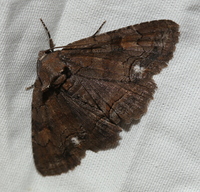
| Recorded by: David George, Jeff Niznik, Rich Teper on 2025-03-28
Chatham Co.
Comment: |
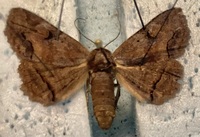
| Recorded by: Darryl Willis on 2023-07-29
Cabarrus Co.
Comment: | 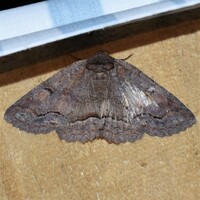
| Recorded by: David George, Stephen Dunn, Jeff Niznik on 2023-04-19
Orange Co.
Comment: |
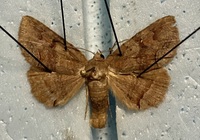
| Recorded by: Darryl Willis on 2023-04-06
Cabarrus Co.
Comment: | 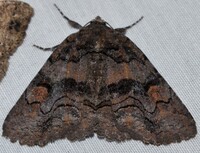
| Recorded by: Jeff Niznik on 2022-03-23
Wake Co.
Comment: |
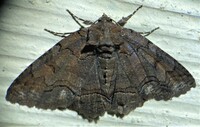
| Recorded by: Dean Furbish and Joy Wiggins on 2022-03-05
Wake Co.
Comment: | 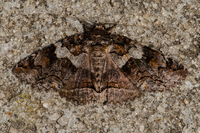
| Recorded by: David L. Heavner & Vin Stanton on 2019-04-13
Buncombe Co.
Comment: |

| Recorded by: Darryl Willis on 2015-04-04
Cabarrus Co.
Comment: | 
| Recorded by: Stephen Hall on 2015-03-31
Orange Co.
Comment: Female. Wingspan = 4.1 cm; forewing length = 2.0 cm. Habitat where this species was collected contains Loblolly, Short-leaf, and Virginia Pines. |
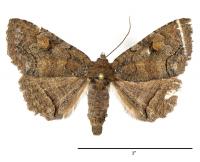
| Recorded by: Stephen Hall on 2015-03-31
Orange Co.
Comment: | 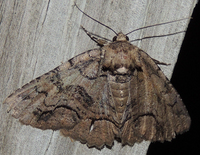
| Recorded by: Britta Muiznieks on 2014-04-30
Dare Co.
Comment: |
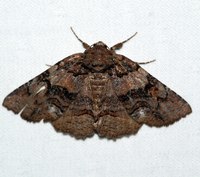
| Recorded by: Paul Scharf on 2011-04-07
Warren Co.
Comment: Confirmed via specimen by Bo Sullivan | 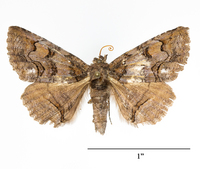
| Recorded by: JB Sullivan on 2001-03-31
Craven Co.
Comment: Wing span = 4.1 cm |
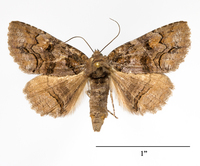
| Recorded by: JB Sullivan on 1995-03-20
Craven Co.
Comment: Wing span = 4.5 cm |

 »
»
 »
»